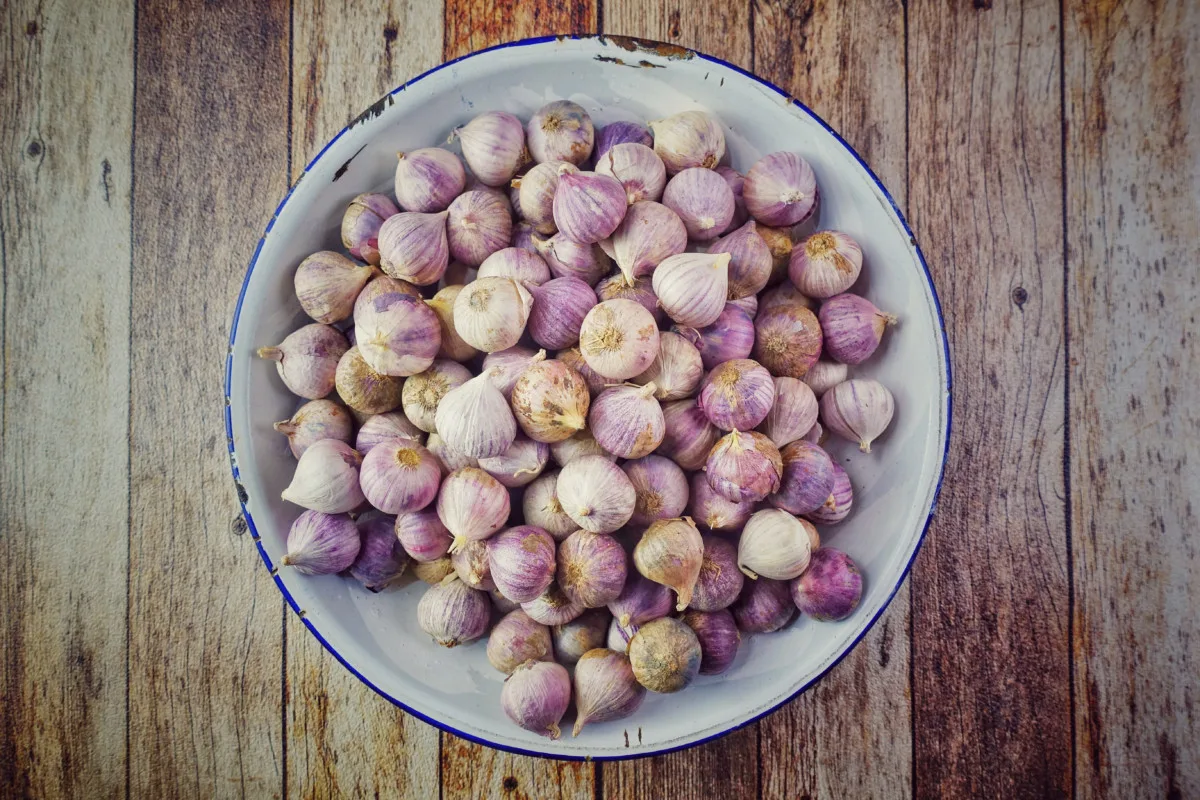
When it comes to a bountiful garden harvest, one doesn’t often stop to think, “the smaller, the better.” Yet, it depends on what you’re harvesting.
Everybody loves an enormous pumpkin, they might even like to show off their Mesozoic-sized kale leaves. But unless you’re growing the sweetest Walla Walla on the block, onions really don’t have that much business becoming so big. Think about it, many recipes call for half an onion. Do you really follow that suggestion, or do you chop up the whole bulb and toss it in?
What’s great about onions is they can be grown to a whopping 4-5″ in diameter, an entire appetizer in one go. You can also grow them to a wee size of 1″ or less. This makes them perfect for salads, pickles and smaller meals.
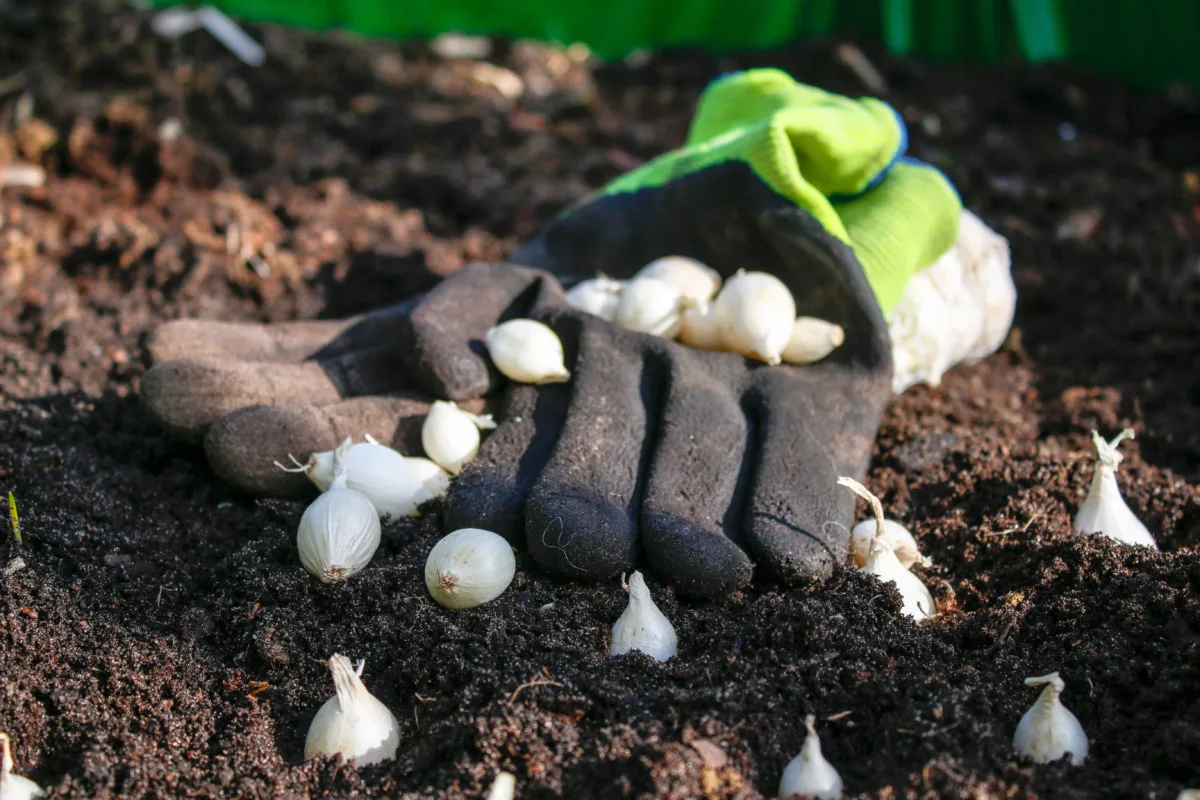
Besides, pearl onions are so darn cute, you just have to find space for them in your garden.
When you choose to grow pearl onions instead of the good old standard, you’ll be growing a quick crop that takes up little space and can be grown in containers.
Why grow pearl onions?
Pearl onions are sweeter and milder than their larger counterparts, making them an excellent choice when you don’t want onions dominating the flavor of whatever you are cooking.
And if you’re into drinking cocktails – it’s time to make pearl onions part of your garden harvest.
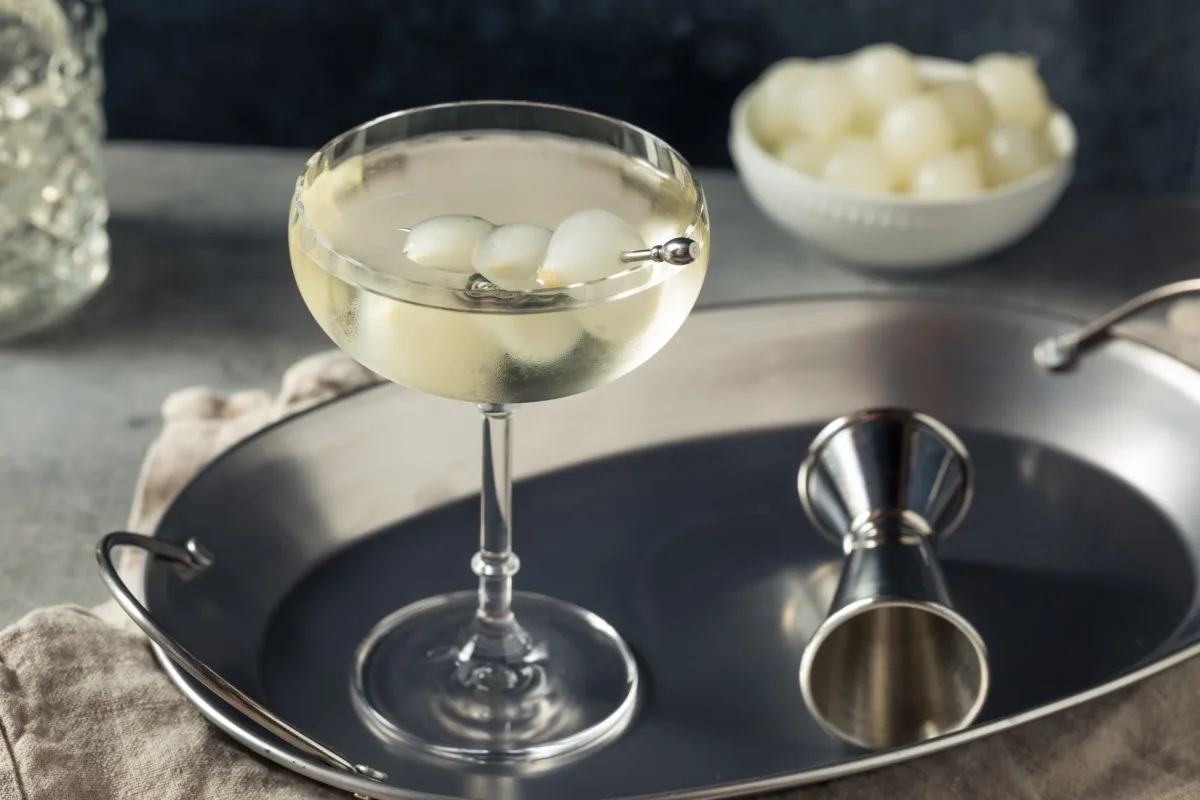
Growing Pearl Onions
Pearl onions aren’t exactly what you think. There isn’t a tiny and magical variety that only expands to three-quarters of an inch, then quits growing. Most onions sold as pearl onions are actually regular onions (Allium cepa), only they’re grown in a slightly different way.
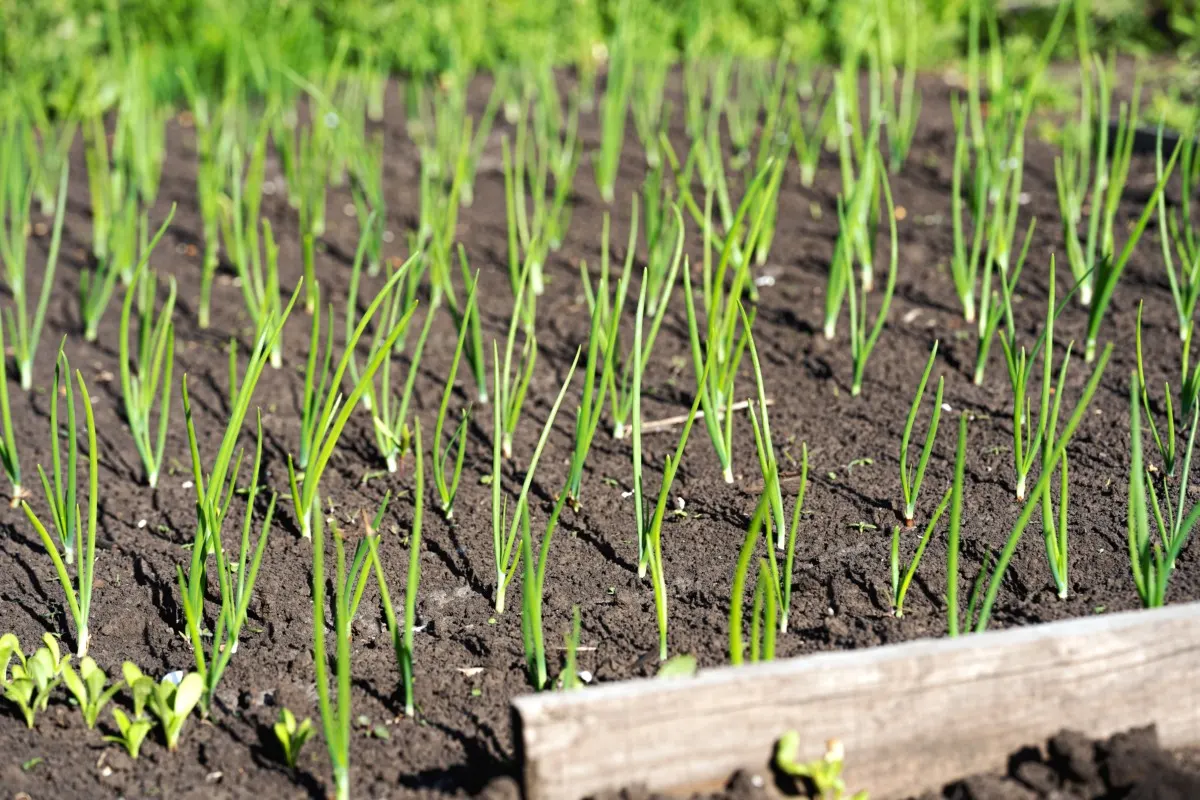
To encourage small onions (pearl onions) to grow, you can:
- plant the seeds or bulbs closely together to limit their growth
- use short-day varieties
- modify planting depth
- or harvest them young
The true pearl onion (Allium ampeloprasum L. var. sectevum) is a bit trickier to find. Mainly found in Europe, these onions produce a clump of small onion bulbs, not single specimens. The bulblets that form can be removed and replanted to continue growing or picked and pickled as is.
Planting Pearl Onions
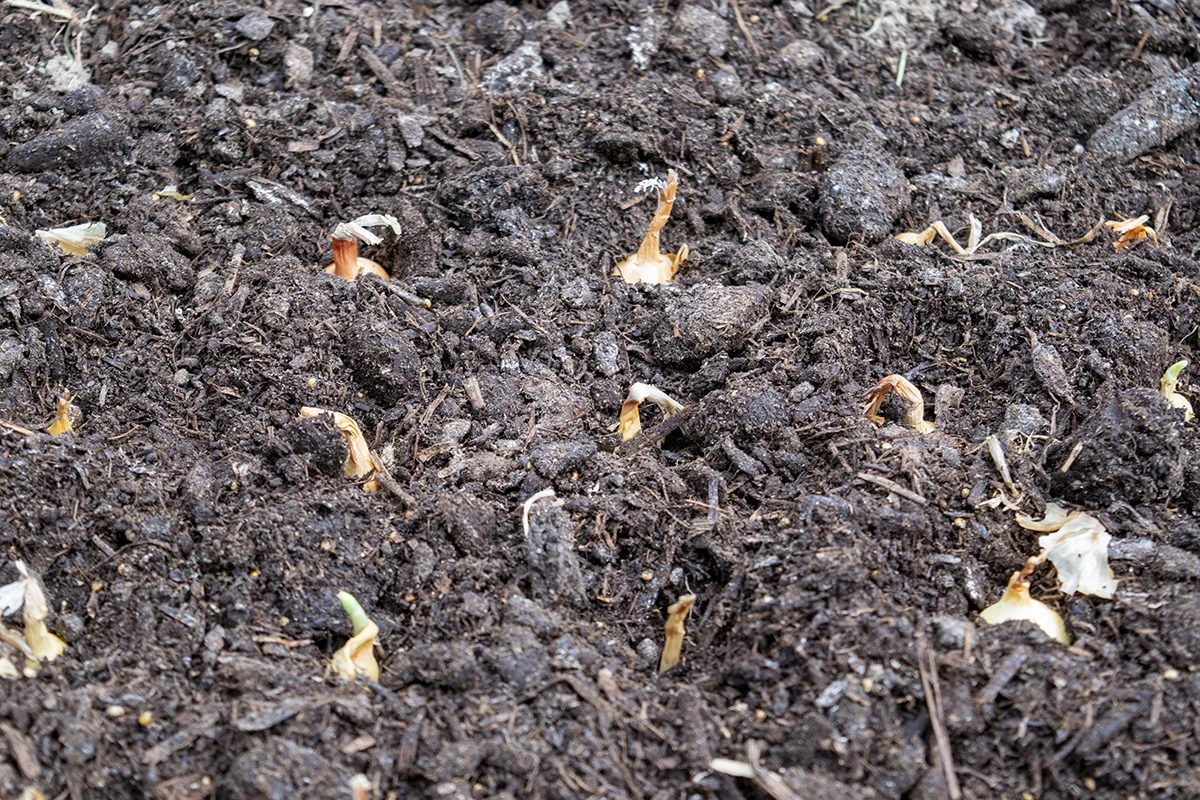
Pearl onions, short-day varieties which need 10-12 daylight hours to form bulbs, can be started from seeds indoors six weeks before transplanting into the garden. This can happen in either spring or fall. Basically, onions can be grown at any time of the year, but the time to harvest does depend on planting dates, soil and daylight conditions.
A lazy gardener’s tip: If you happen to leave some onion bulbs in the ground over winter, they’ll naturally emerge the following year. It happens to us all the time that some escape the harvest. If you don’t get the chance to eat them as a bulb, you can chow down on the greens of any onion.
One thing you really need to watch out for is the first and last expected frost dates. You’ll want to time your planting, knowing that pearl onions are ready to harvest in about 60-90 days. Temperature is not so much of a factor as are daylight hours.
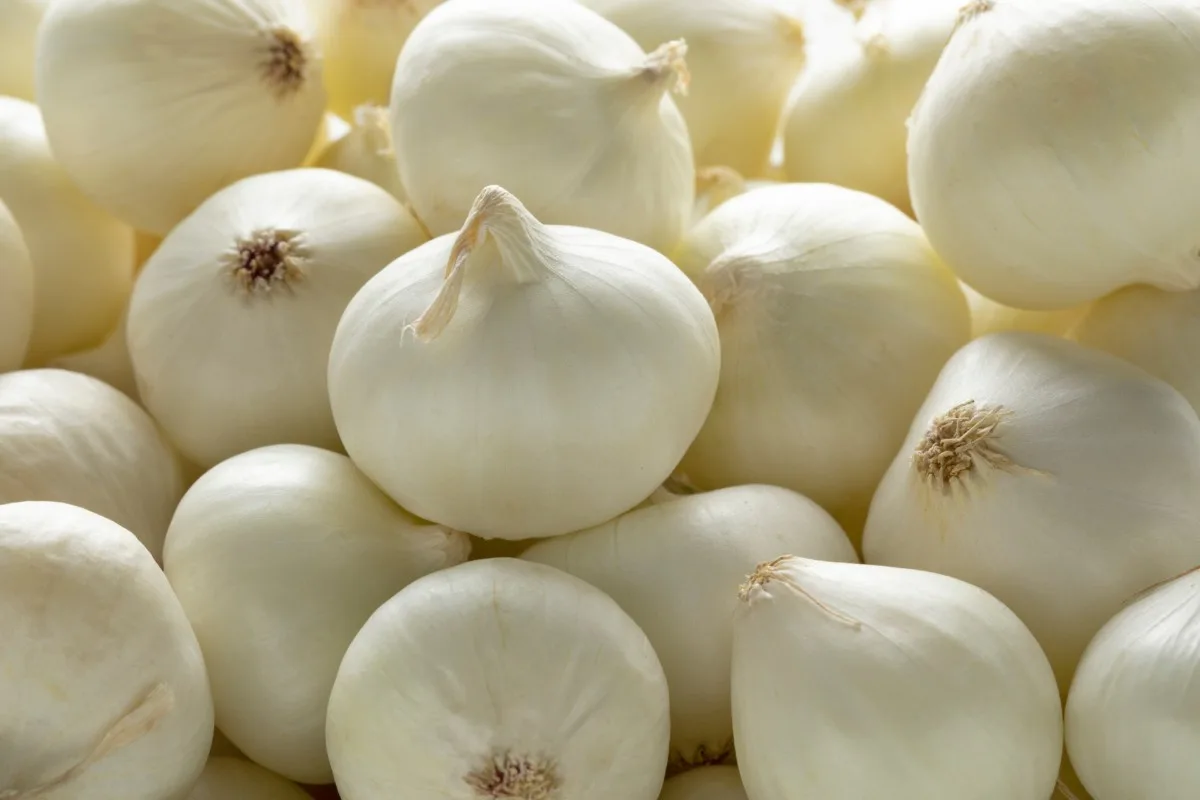
Alternatively, pearl onion transplants (started from seed), or bulbs, can also be planted directly in the soil.
In spring, pearl onion transplants should be planted no later than a month before your last frost date.
In fall, pearl onion seeds or transplants should be in the ground about 4-6 weeks before the first expected frost. This will ensure a good spring harvest.
One thing is for sure, always plant onions of any kind in full sun.
How deep to plant pearl onion seeds and sets?
Just as you would with regular onions, pearl onion transplants and sets should be planted 1″ to 1 1/2″ deep.
Seeds only need to be sown 1/4″ below the soil.
Spacing of onions.
Depending on how big you wish to grow your pearls, this could range from 1/2″ to 2″ between sets or transplants. The key here is to use your garden space efficiently as you maximize your harvest.
How To Harvest Pearl Onions
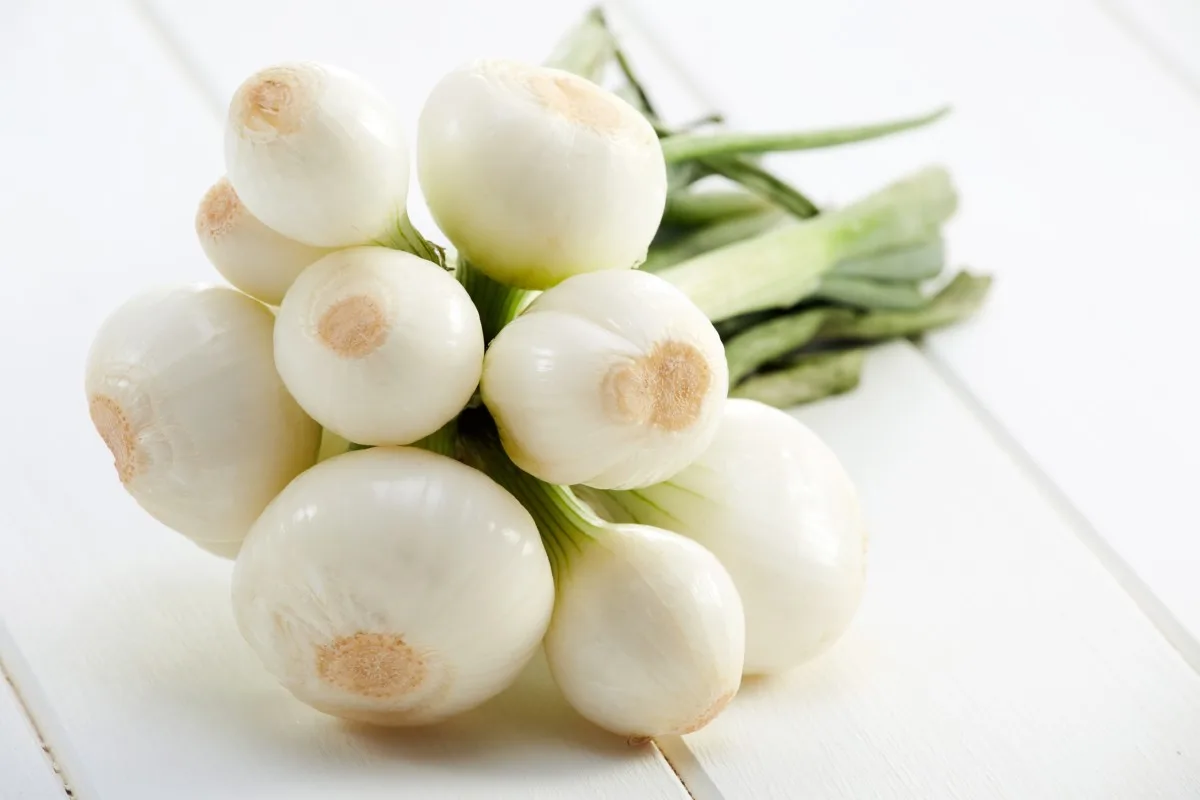
60-90 days after planting, your pearl onions will be ready to harvest. Keep a close eye on them and dig up a couple from time to time to check on their growth. That’s the best way to know when to harvest.
Otherwise, harvest as you would garlic or onions.
Gently dig them up, dry them out and store them in a cool place. Due to their small size, pearl onions typically won’t last more than a month in storage, so be sure to eat them fresh and pickle as many as possible.
Preserving Pearl Onions
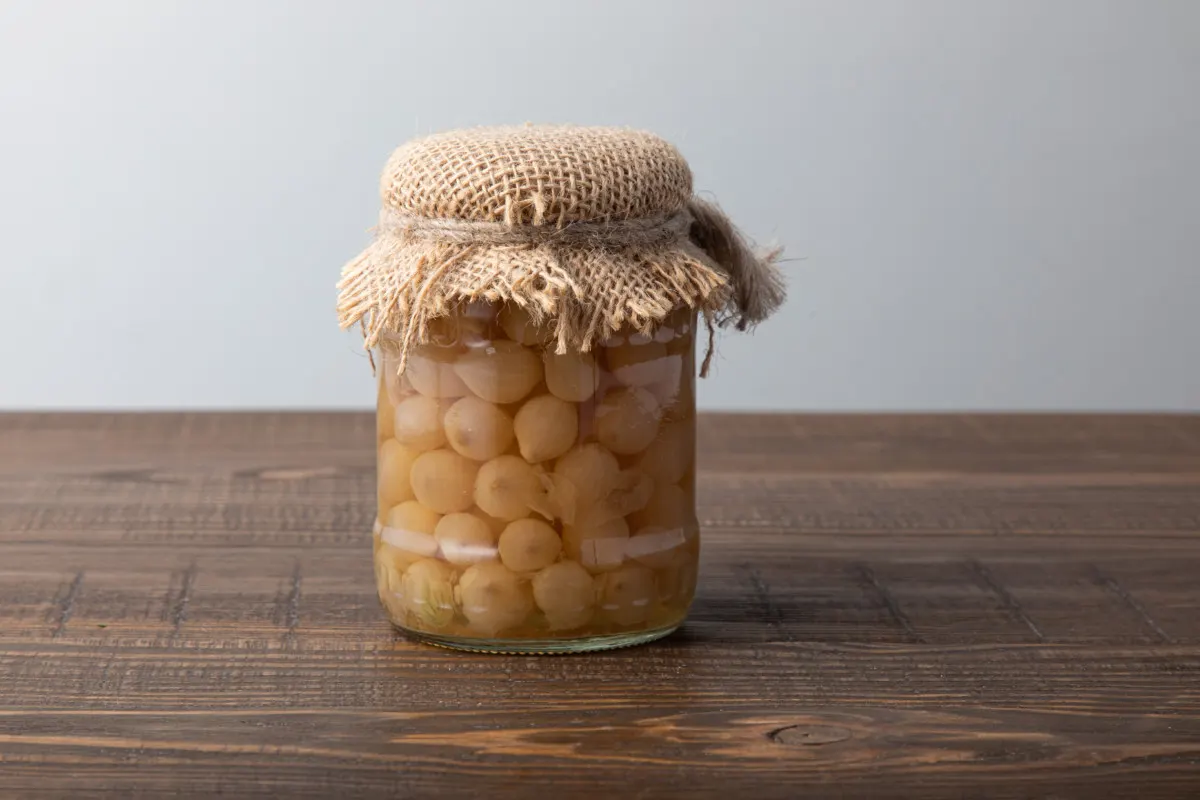
You can adapt a quick pickled onion recipe to suit your pearls for up to three weeks in the fridge. Try out something new and sample this British recipe of pickled onions in malt vinegar.
Or utilize your canning skills and equipment as you store your pickled pearl onions in jars.
In any case, you can always freeze a batch for use in beef stews and other soups throughout winter. It’s always good to be prepared.
Pearl Onion Varieties to Grow in Your Garden
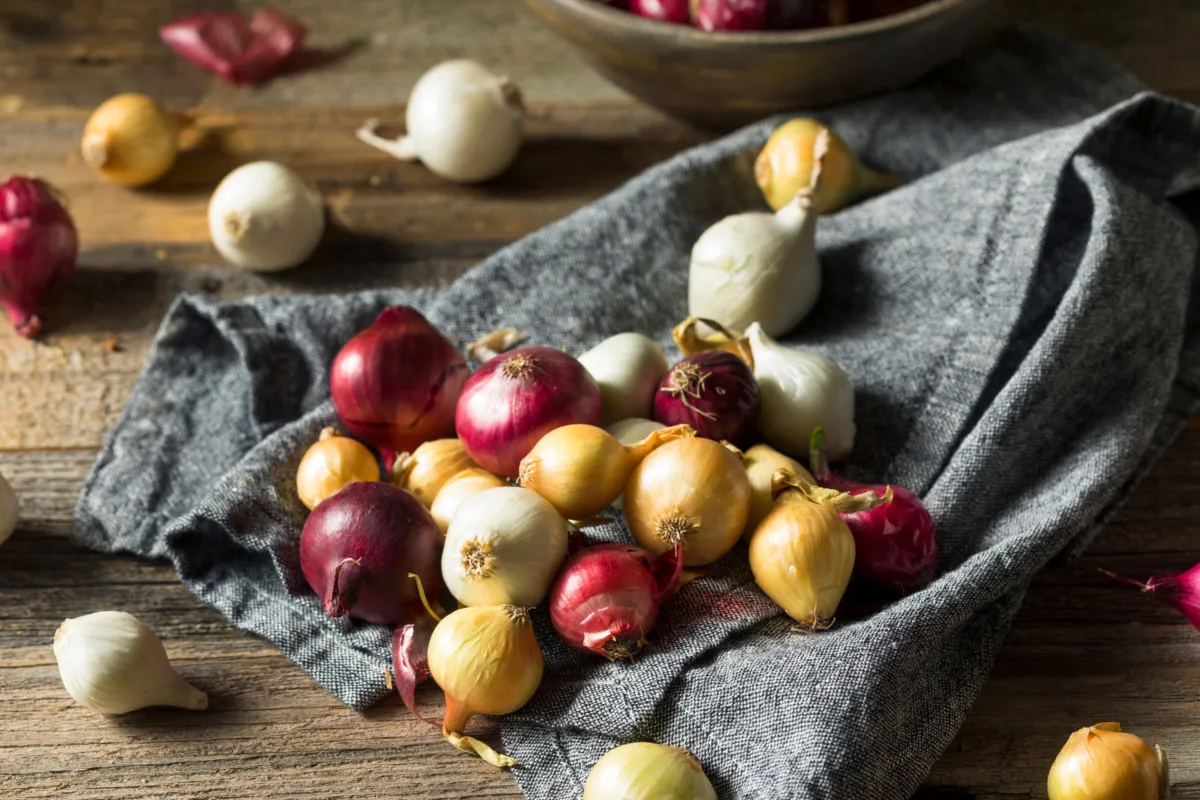
Now, that you know virtually any onion can be kept to a mini-size, it’s worth mentioning that some onions perform better than others.
Here are the best pearl onions to grow in your garden, or in containers.
Purplette – specialty onions that mature early, pastel pink when pickled or cooked. Harvest at golf ball size or smaller, with purple pearl ends.
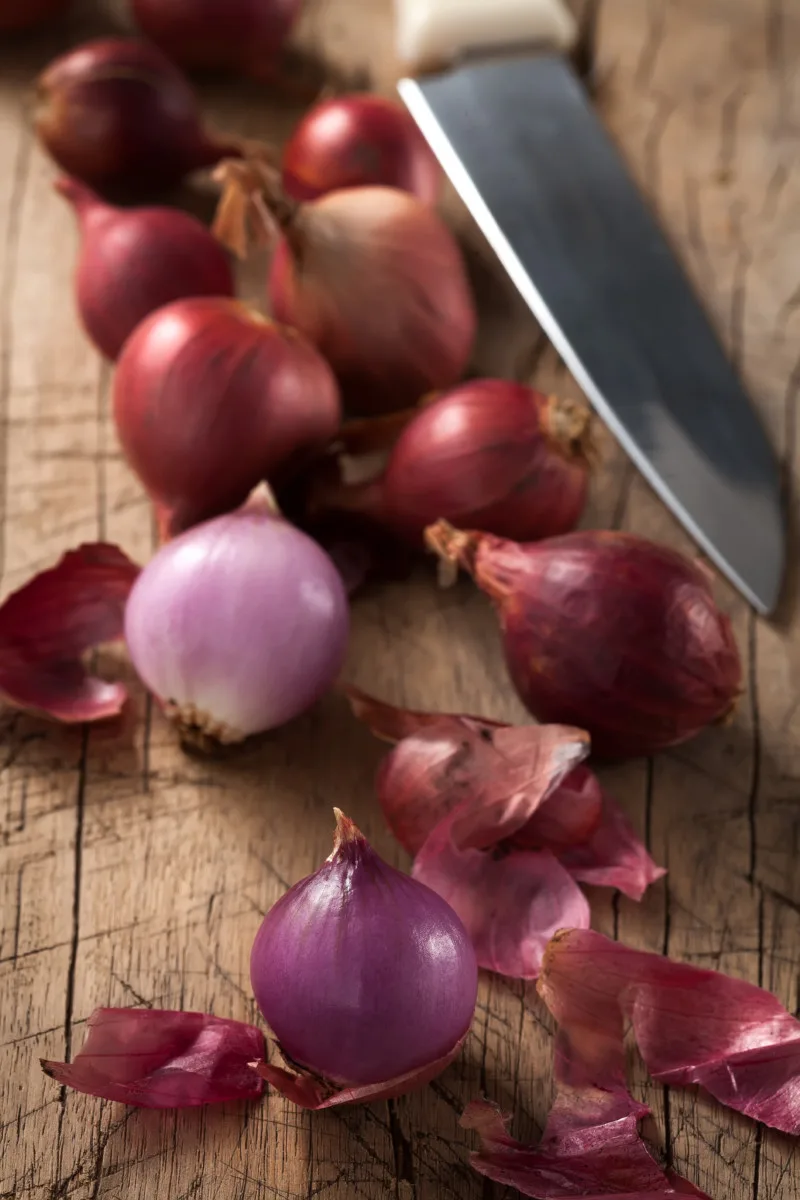
Pompeii – delicious white mini onions for bunching or pearls. Uniform small size.
Crystal White Wax – a perfect short-day variety for southern regions. Ideal for pickles, soups, stews, even cocktails (think Gibson).
Eclipse – a short-day white variety with a mild flavor and thin stems.
Red Creole – matures in 90 days, harvest from marble to golf ball size brilliant red bulbs.
If you are eating your cocktail onions fresh, they can be gobbled up in numerous ways.
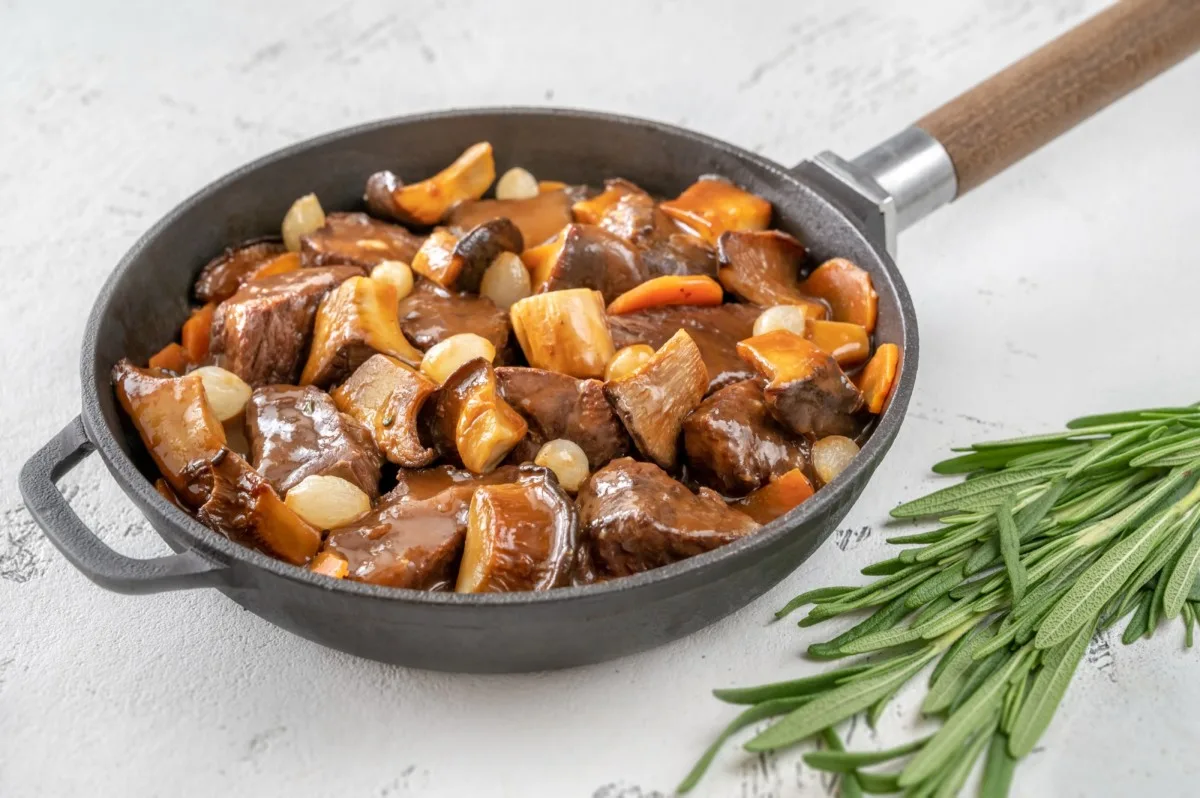
Pearl onions lend themselves to braising, pickling, glazing, roasting and stewing. If you have a couple of pounds to spare, pearl onions au gratin is simply divine.

Get the famous Rural Sprout newsletter delivered to your inbox.
Including Sunday ramblings from our editor, Tracey, as well as “What’s Up Wednesday” our roundup of what’s in season and new article updates and alerts.

